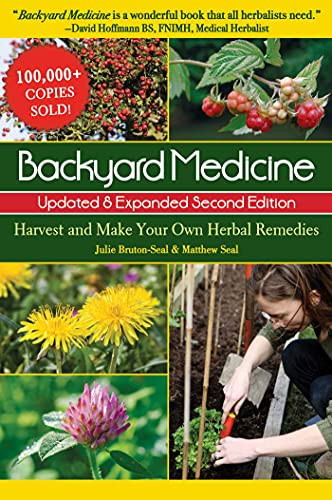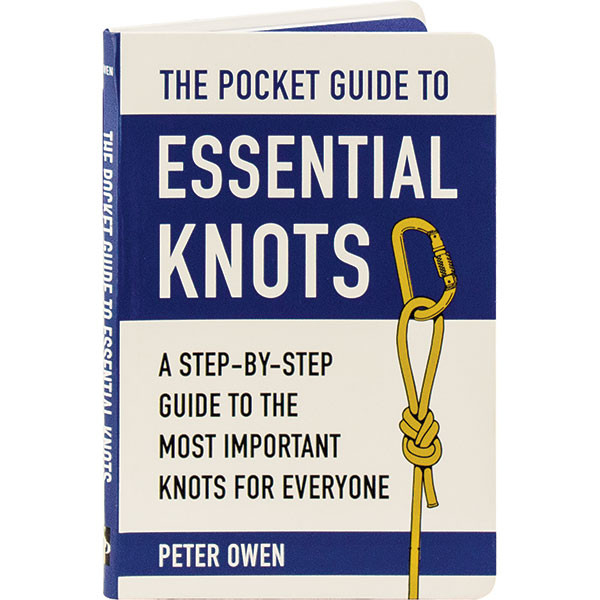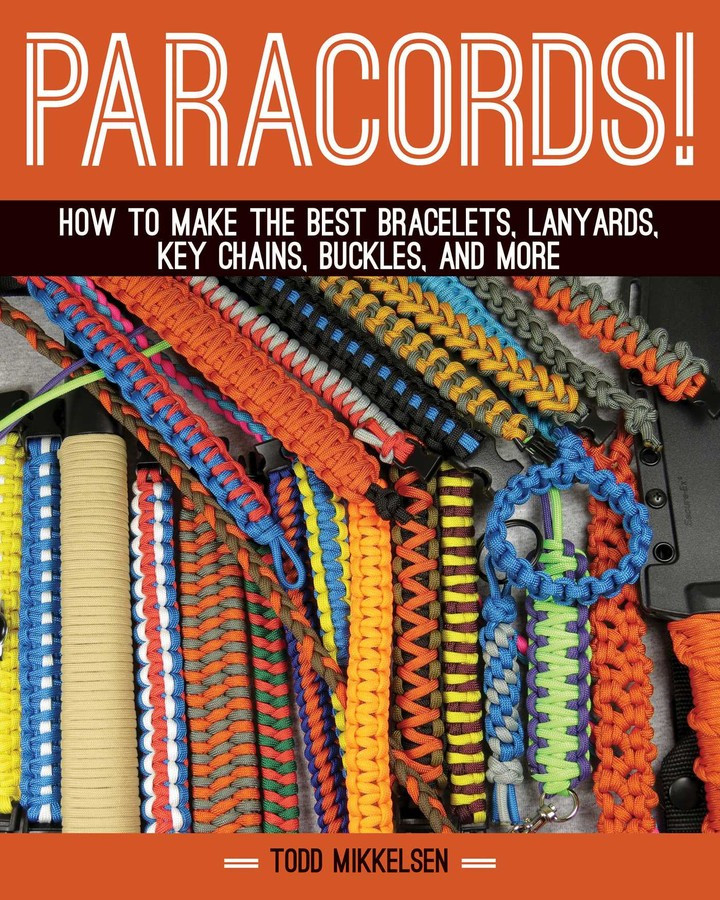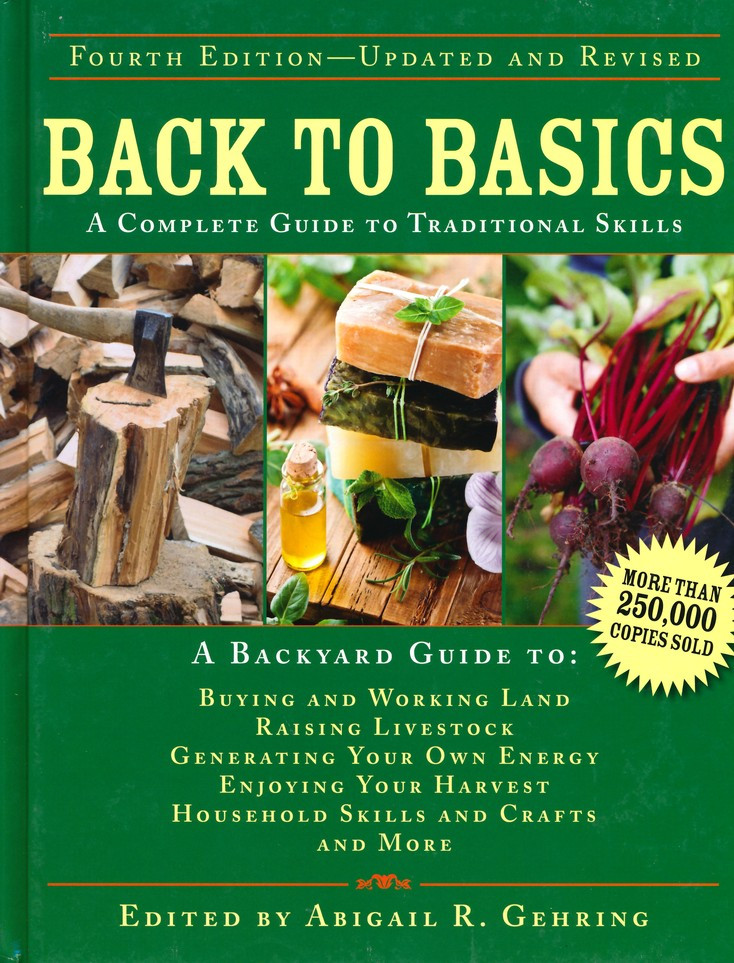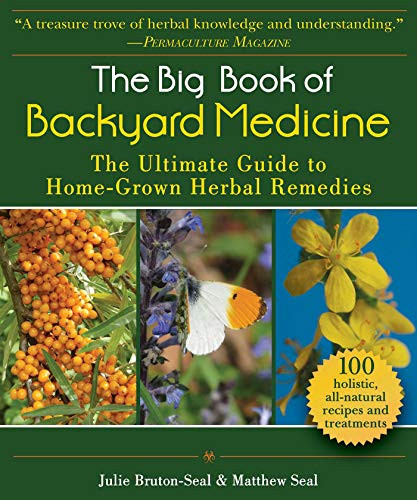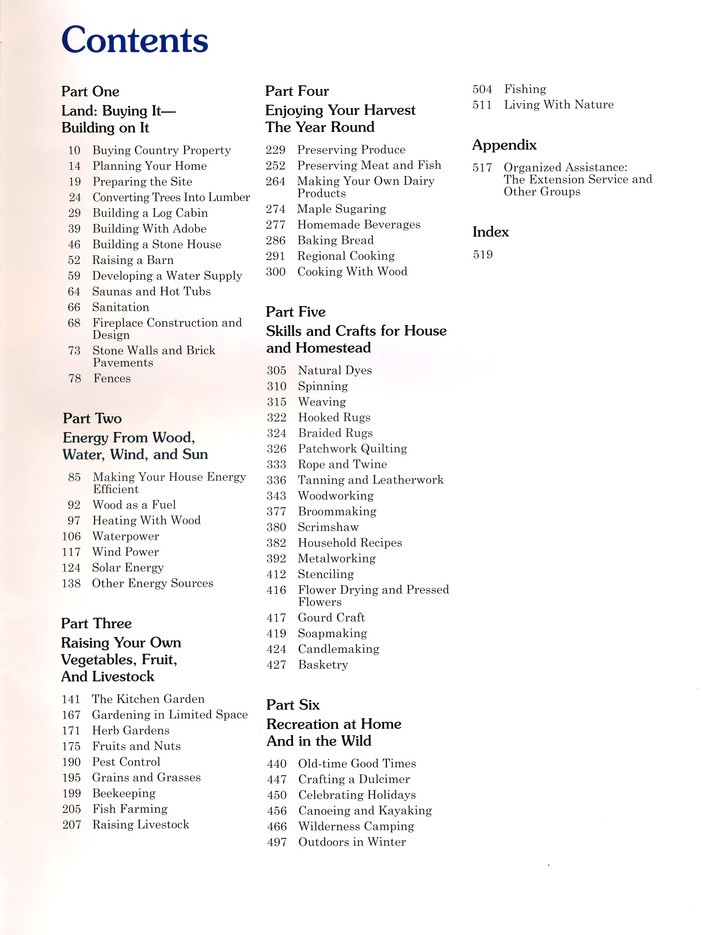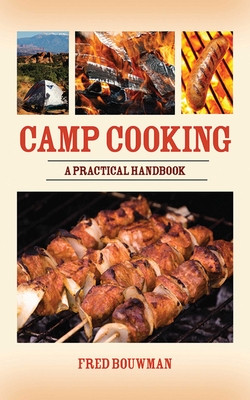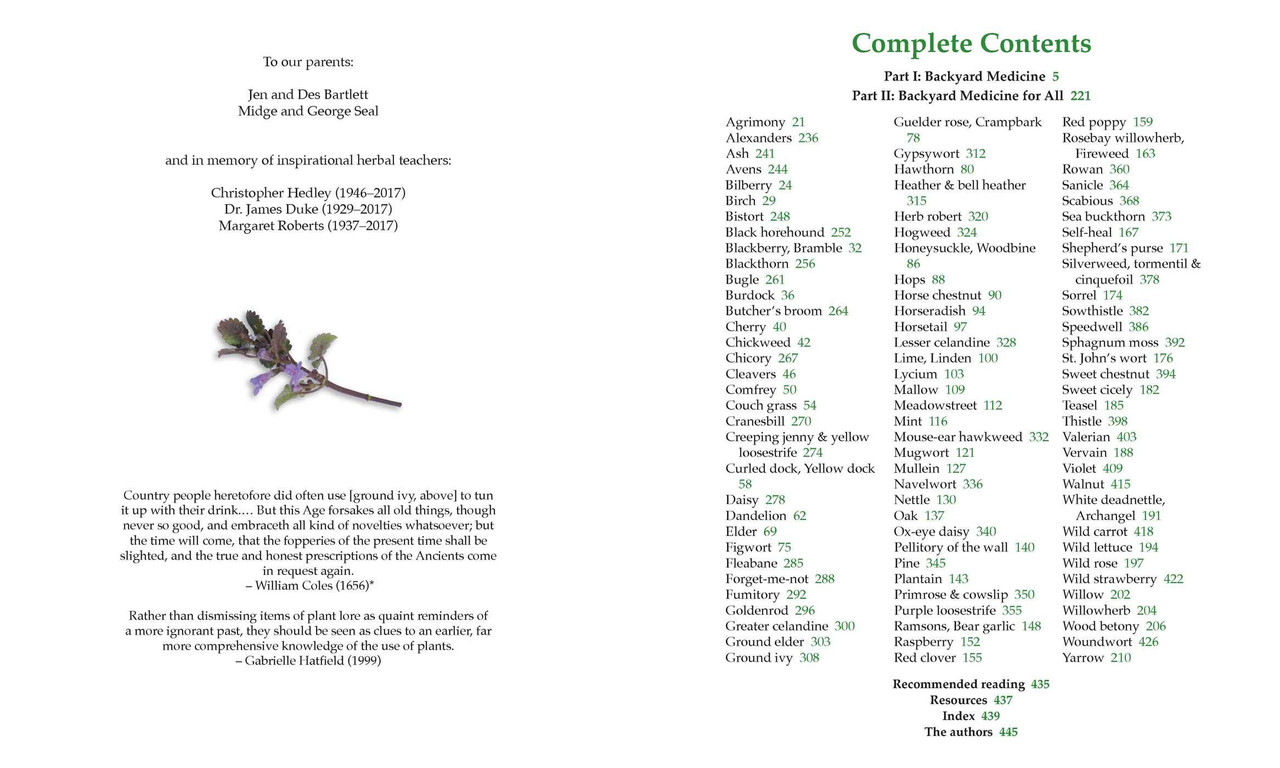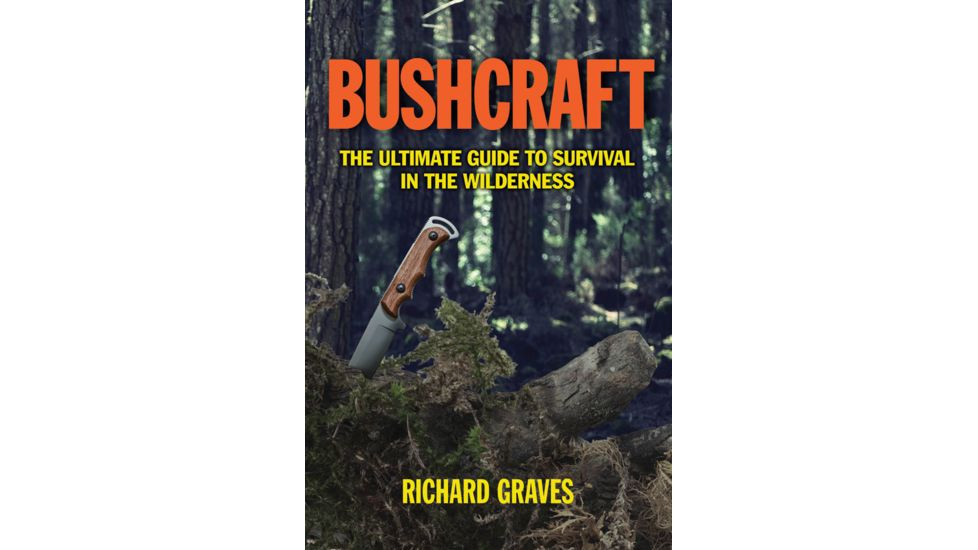| Content |
Modern medicine is truly a blessing. Advances are made with astonishing speed every day, using both science and technology to make our lives longer and healthier. But if the era of modern medicine began less than two hundred years ago, how did people treat sickness and poor health before then? This book holds the answer.
- By Julie Bruton-Seal and Matthew Seal.
- 224 page paperback.
- Updated and expanded 2nd edition.
- Researched and written by a practicing medical herbalist and natural healer.
- Features more than 120 easy herbal home remedies and fully illustrated with over 300 color photographs.
| 21 Essential Knots for Everyday Use Indoors or Outdoors! This compact little reference book includes knots for a wide range of functions, from home to work, hobby to play activities. No knot-tying jargon is used, no baffling technical terms--just simple step-by-step instructions and outstandingly clear line drawings. It's the perfectly portable knot reference for anyone--scouts, sailors, hunters, anglers, gardeners, farmers, horse riders, you name it! Among the knots in this book are: Overhand knot, Heaving line knot Reef knot, Sheetbend Fisherman's knot, Figure-of-eight loop, Bowline Three-part crown, Sheepshank Half-hitch, Clove hitch, Constrictor knot, Pile hitch, Highwayman's hitch, Waggoner's hitch, Timber hitch, Double-loop knot, Uni-knot, Blood knot, Square lashing, and more! Start learning these useful and practical knots today.
| As consumerism and a meat-heavy, processed diet become the norm and the world's population continues to grow at an exponential rate, more and more people are looking toward a more sustainable path for food. Authors Douglas Boudreau and Mykel Hawke believe that the future of food lies in the wild foods of times spanning back to before the mass-agriculture system of today.
People have become distanced from the very systems that provide their food, and younger generations are increasingly unable to identify even the trees in their backyards. In response, Boudreau and Hawke have provided a compendium of wild edible plants in North America. Foraging for Survival is a comprehensive breakdown of different plant species from bearded lichen to taro, and from all over the United States. There are also tips for growing local native plants in the backyard to facilitate learning and enhance table fare at home. Other information you'll find inside:
- A list of different types of edible wild plants
- Foraging techniques
- Bugs and other grubs that can be consumed
- Warning signs of poisonous plants
- And much more!
Whether you're a hiker taking a walk through your local wilderness, or chef looking for new ingredients to incorporate in your dishes, Foraging for Survival is the book for you!
| In Paracord!, you'll find step-by-step instructions to take you through every project. Each step is accompanied by a color photo that clearly illustrates the process.
Todd Mikkelsen's Paracord! offers a diverse collection of projects that utilize parachute cords—known around the world as paracord. Used by paratroopers and other military personnel during World War II, this lightweight nylon rope is now one of the most sought-after materials by crafters. Its durability and flexibility make it perfect for creating everyday accessories such as belts, bracelets, buckles, necklaces, dog leashes and collars, key chains, and more. Projects include:
Two-Color Solomon Bar Bracelet
Shark Jaw Bone Bracelit
Locked Half Hitch Bracelet
West Country Whipping Inverted Bracelet
Genoese Quick Deploy Strap
Zipper Quick Deploy Sinnet
Three-VBord Braid Necklace with Breakaway Clasmps
ID Lanyard
And many more.
As you will see, this rope comes in various colors, from army green to hot pink, making it easy to personalize every type of project. Mikkelsen includes introductory chapters preparing your paracord for crafting, tying different types of knots, and caring for and cleaning your completed paracord projects.
| Over 200,000 copies sold—fully updated! Dye your own wool, raise chickens, make your own cheddar cheese, build a log cabin, and much much more.
Anyone who wants to learn basic living skills—the kind employed by our forefathers—and adapt them for a better life in the twenty-first century need look no further than this eminently useful, full-color guide.
Countless readers have turned to Back to Basics for inspiration and instruction, escaping to an era before power saws and fast-food restaurants and rediscovering the pleasures and challenges of a healthier, greener, and more self-sufficient lifestyle.
Now newly updated, the hundreds of projects, step-by-step sequences, photographs, charts, and illustrations in Back to Basics will help you dye your own wool with plant pigments, graft trees, raise chickens, craft a hutch table with hand tools, and make treats such as blueberry peach jam and cheddar cheese. The truly ambitious will find instructions on how to build a log cabin or an adobe brick homestead.
More than just practical advice, this is also a book for dreamers—even if you live in a city apartment, you will find your imagination sparked, and there’s no reason why you can’t, for example, make a loom and weave a rag rug. Complete with tips for old-fashioned fun (square dancing calls, homemade toys, and kayaking tips), this may be the most thorough book on voluntary simplicity available. | Anyone who wants to improve his or her health in a completely natural way will find this book to be an absolute must-have for his or her home—and garden.
|
